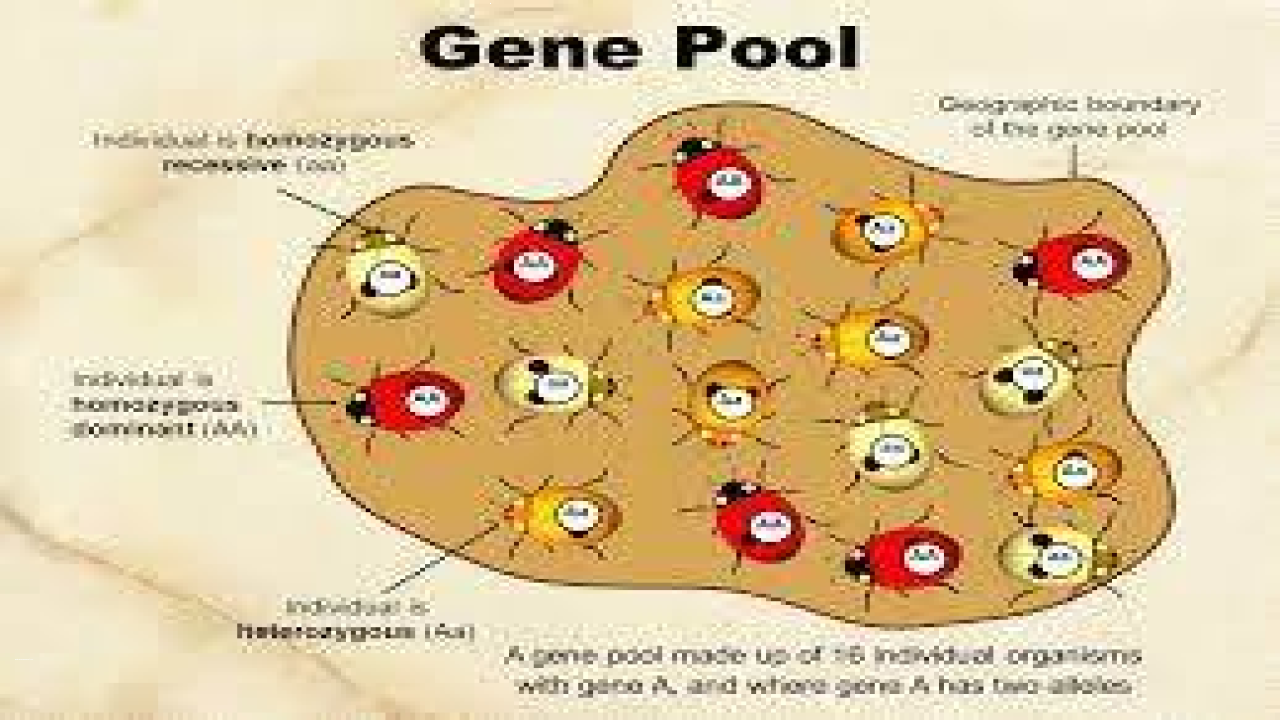Major Gene Pool Centres
Plant genetic diversity is critical for the development of new crop varieties that are more resilient to environmental stresses, have improved nutritional content, and are more resistant to pests and diseases. Major gene pool centres are areas of the world where the wild relatives of important crop species are found, making them a key resource for plant breeders and geneticists.
What are Major Gene Pool Centres?
Major gene pool centres are areas of the world where the wild relatives of important crop species are found. These areas are characterized by high levels of plant genetic diversity, which is critical for the development of new crop varieties that are more resilient to environmental stresses and have improved nutritional content.
There are 12 major gene pool centres recognized by the Food and Agriculture Organization (FAO) of the United Nations, including:
- The Mediterranean and West Asia region, which is home to the wild relatives of wheat, barley, and lentils.
- The Near East region, which is home to the wild relatives of chickpeas, lentils, and faba beans.
- The Ethiopian region, which is home to the wild relatives of sorghum, millet, and coffee.
- The Central Asia region, which is home to the wild relatives of apple, pear, and apricot.
- The South Asian region, which is home to the wild relatives of rice, wheat, and lentils.
- The Southeast Asian region, which is home to the wild relatives of rice, mango, and coconut.
- The East Asian region, which is home to the wild relatives of soybean, rice, and Chinese cabbage.
- The Pacific region, which is home to the wild relatives of banana, taro, and breadfruit.
- The North American region, which is home to the wild relatives of potato, tomato, and sunflower.
- The Mesoamerican region, which is home to the wild relatives of maize, beans, and squash.
- The Andean region, which is home to the wild relatives of potato, quinoa, and amaranth.
- The South American region, which is home to the wild relatives of cassava, cocoa, and pineapple.
Importance of Major Gene Pool Centres
Major gene pool centres are important for plant genetic diversity and the development of new crop varieties that are more resilient to environmental stresses, have improved nutritional content, and are more resistant to pests and diseases. They provide a valuable resource for plant breeders and geneticists, who can use the genetic diversity found in wild relatives to improve crop varieties.
Conservation of Major Gene Pool Centres
Conservation measures are needed to protect major gene pool centres and the genetic diversity they contain. These measures can be divided into two broad categories:
- In situ conservation: In situ conservation involves the protection and management of plant genetic resources in their natural habitats. This can be achieved through the establishment of protected areas, the promotion of sustainable land use practices, and the involvement of local communities in the management of plant genetic resources.
- Ex situ conservation: Ex situ conservation involves the collection, storage, and maintenance of plant genetic resources outside of their natural habitats. This can be achieved through the establishment of gene banks, which store seeds, tissues, and other plant material, and the development of tissue culture techniques, which allow for the regeneration of plants from stored material.


